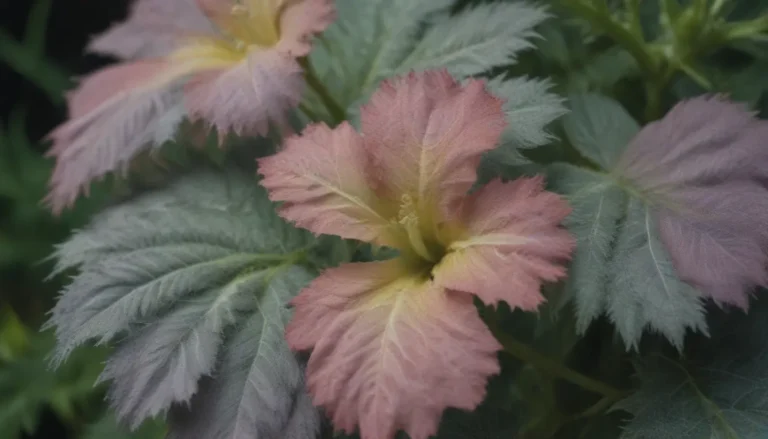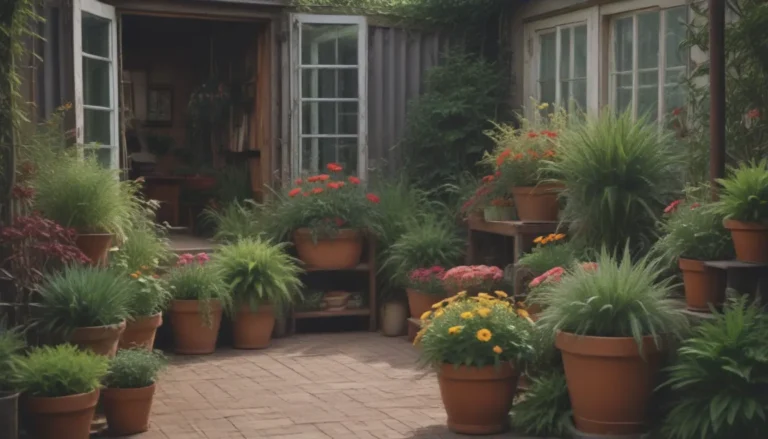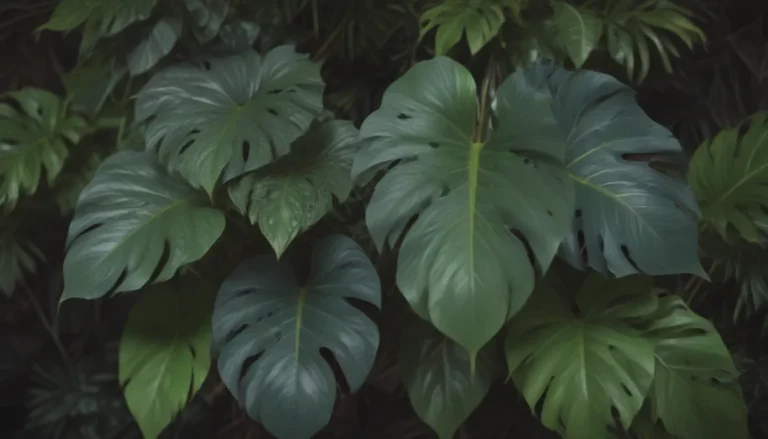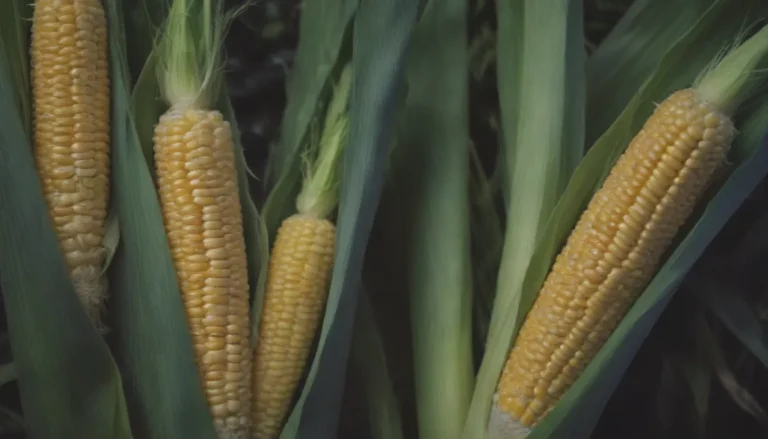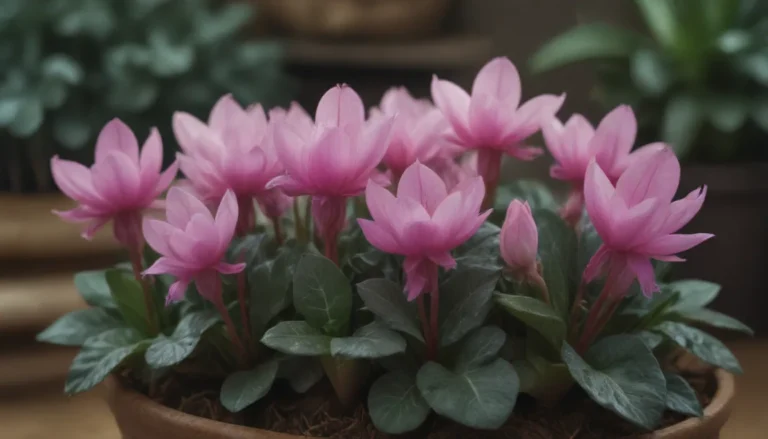Exploring the World of Creeping Plants: A Comprehensive Guide
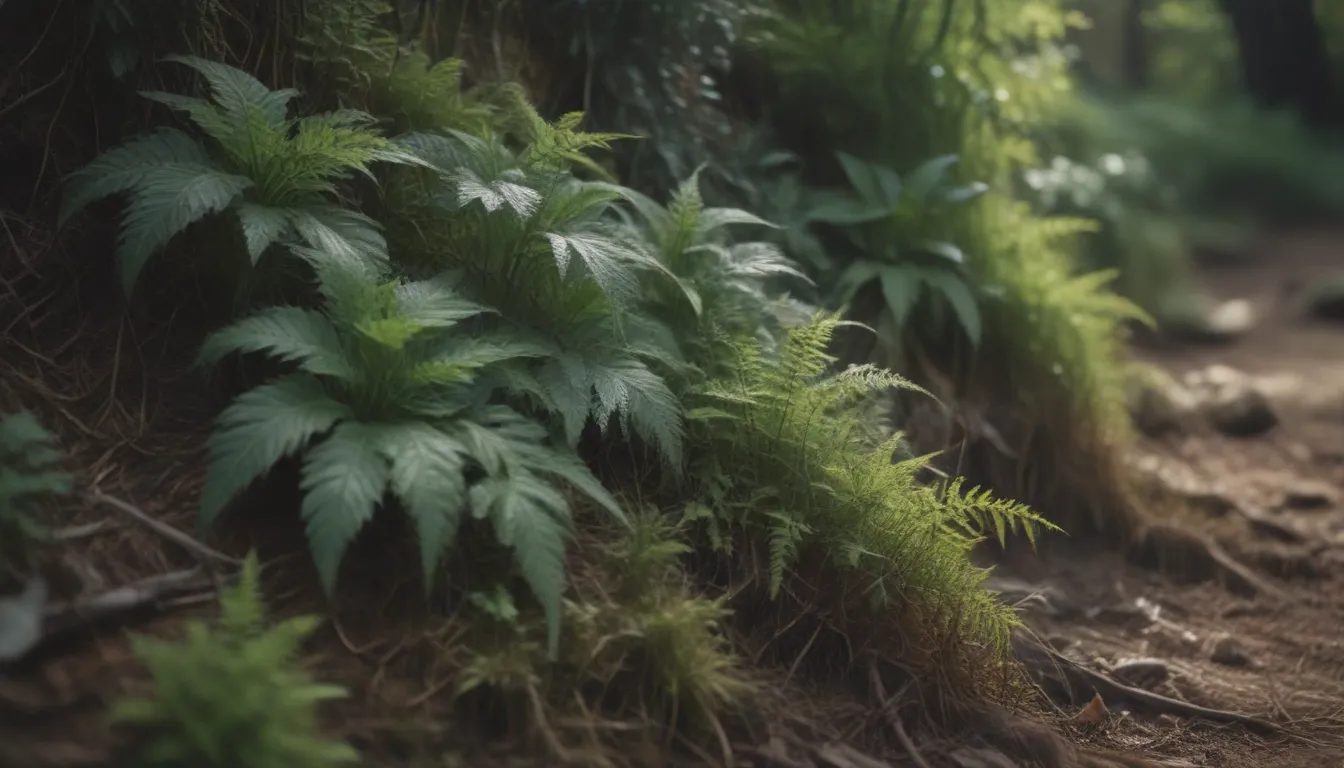
Are you looking to add a touch of green to your garden or landscape? Creeping plants, also known as “creepers,” can be the perfect solution. These small vining plants are great for covering ground and adding a lush, natural look to any outdoor space. In this article, we will delve into the different types of creeping plants, their uses, and how you can incorporate them into your landscaping.
Understanding Creeping Plants
Creeping plants are versatile and can serve multiple purposes in your garden. They are often low-growing and spread out horizontally, making them ideal for ground cover. Some of the fastest-growing creeping plants include creeping Jenny, evening primrose, periwinkle, wintercreeper, English ivy, sweet woodruff, blue star creeper, and bugleweed. These plants can add texture, color, and interest to your landscape.
It’s important to note that some creeping plants may be considered invasive in certain areas due to their rapid growth. Before planting any creepers in your garden, be sure to check local regulations and guidelines to ensure they are a suitable addition to your landscape.
Examples of Creeping Plants
There is a wide variety of creeping plants to choose from, each with its own unique characteristics. Some creeping plants are valued for their flowers, while others are prized for their foliage. Here are a few examples of popular creeping plants:
- Creeping Juniper (Juniperus horizontalis): A ground-hugging shrub with evergreen foliage, perfect for erosion control.
- Angelina Stonecrop (Sedum rupestre ‘Angelina’): Known for its golden-chartreuse leaves, this plant is a favorite among gardeners.
- Spotted Dead Nettle (Lamium maculatum): Valued for both its flowers and variegated leaves, this plant adds a pop of color to any garden.
If you’re looking for creeping plants with showy flowers, consider options like creeping phlox or creeping thyme. These plants can add vibrant color and visual interest to your landscape.
Invasive or Problematic Creepers
While many creeping plants are beautiful and beneficial, some can be invasive and difficult to control. Creeping Jenny, Bishop’s weed, chameleon plant, and creeping myrtle are examples of plants that may be considered invasive in certain areas. To prevent these plants from spreading uncontrollably, consider growing them in hanging baskets or containers.
Additionally, it’s important to be mindful of common lawn weeds that may also be classified as creepers. While opinions on these plants may vary, it’s essential to be aware of their potential impact on your garden and landscape.
Landscaping Uses of Creeping Plants
Creeping plants have a wide range of landscaping uses, with ground cover being one of the most common. These plants not only help with erosion control and weed suppression but also add beauty and texture to your garden. Creeping phlox, for example, can create stunning color displays and cascading effects when in bloom.
Creeping thyme and creeping speedwell are excellent choices for areas with foot traffic, as their low-growing nature makes them resistant to damage. Whether used around garden stepping stones or as borders along pathways, creeping plants can enhance the overall aesthetic of your outdoor space.
In conclusion, creeping plants are a versatile and valuable addition to any garden or landscape. With their ability to provide ground cover, color, and texture, these plants can transform your outdoor space into a beautiful and inviting sanctuary. Whether you’re looking to control erosion, suppress weeds, or simply add a touch of green to your landscape, creeping plants are an excellent choice. Experiment with different varieties and discover the beauty of these unique and versatile plants in your own garden.
